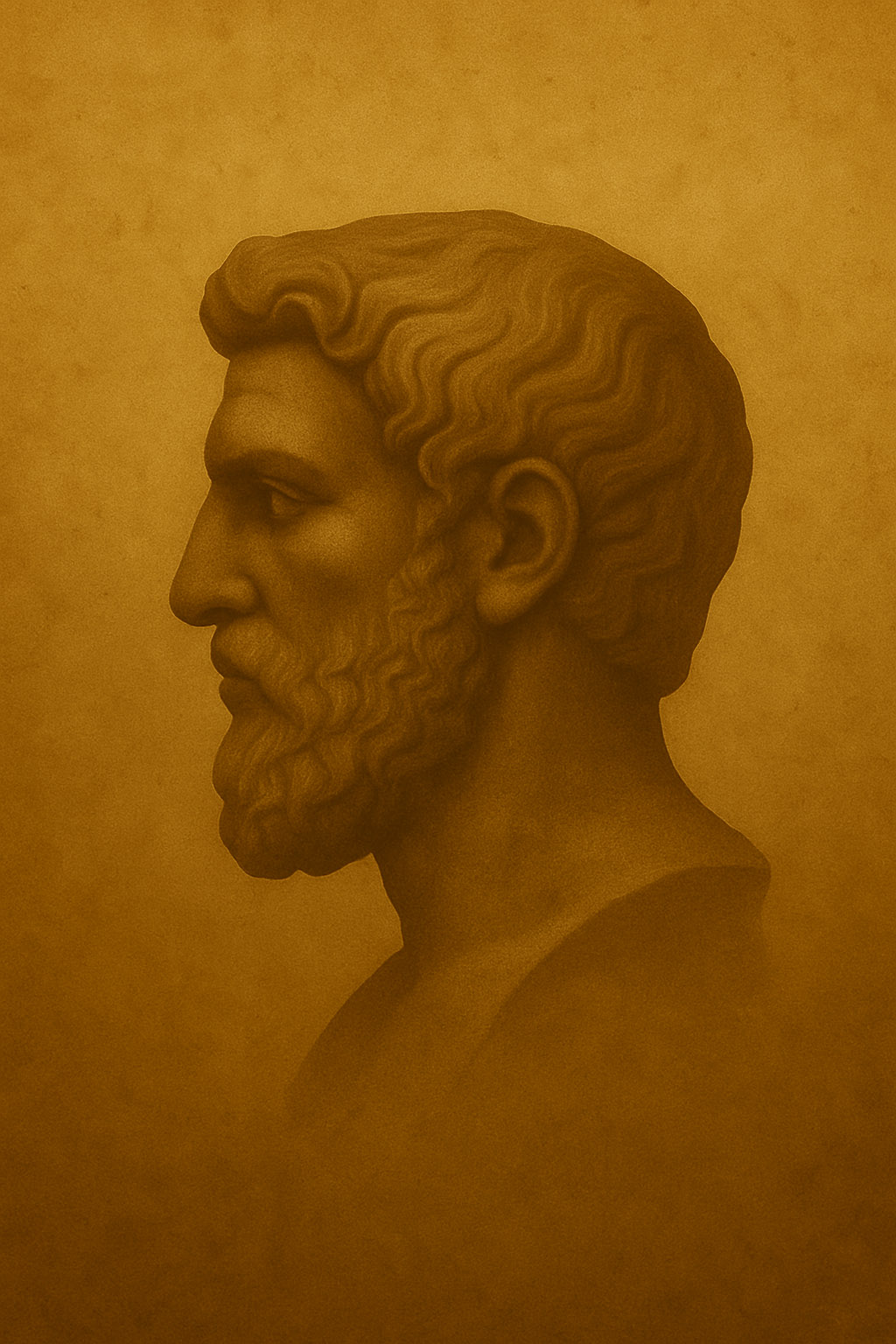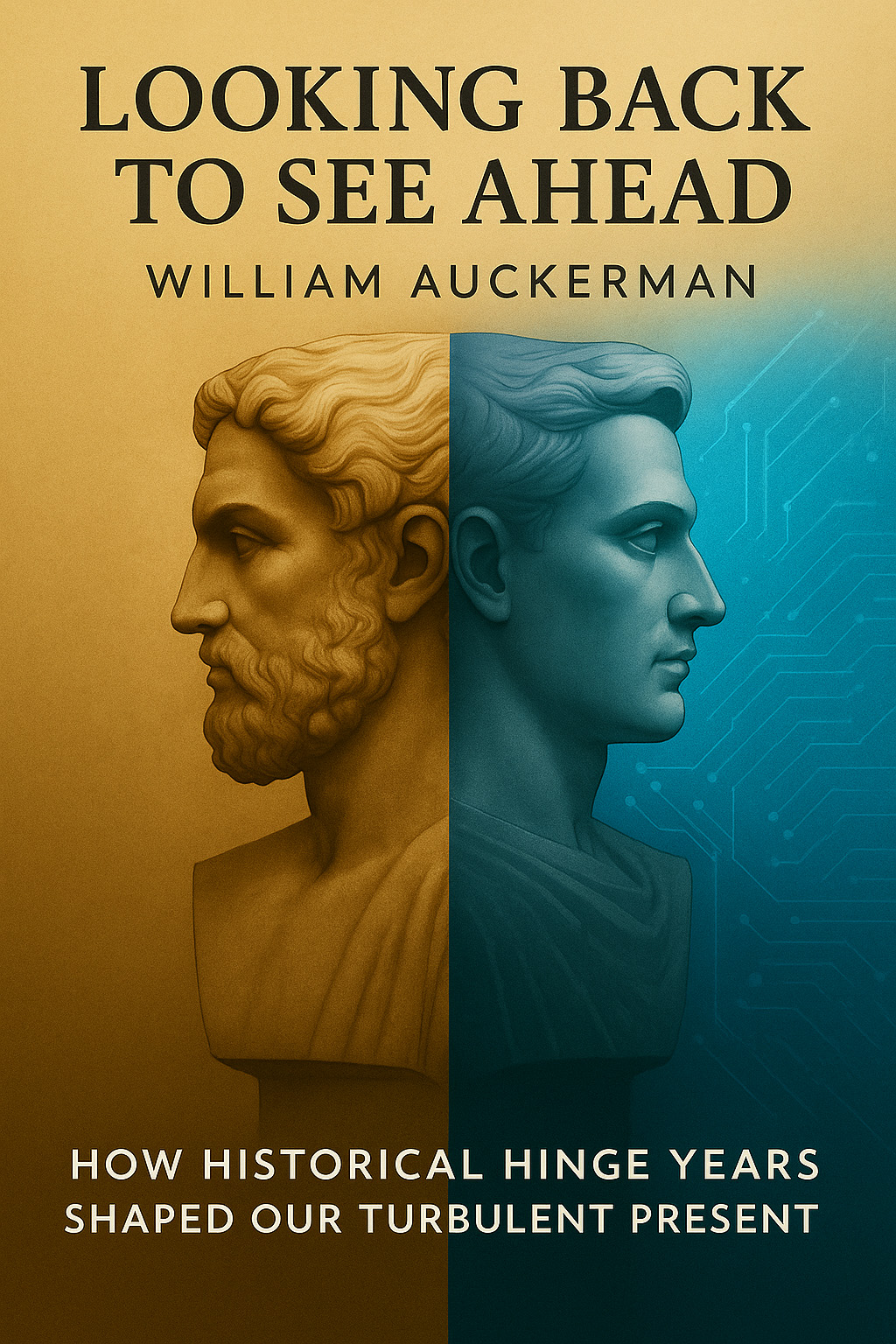Uncover the Hidden Forces of Change
This book illuminates the “hinge years” when subtle, often overlooked developments set the stage for seismic shifts — from Cold War computing to the first charge card. By tracing these convergences, you’ll learn to recognize the quiet currents that shape our world, honing your ability to anticipate tomorrow’s transformations.
Experience a Truly Interdisciplinary Narrative
Seamlessly weaving technology, geopolitics, culture, economics, and environmental science, the author demonstrates how these domains intersect to produce unexpected outcomes. You’ll gain a holistic understanding rarely found in single-discipline histories, equipping you to think across boundaries in your own work and life.
Take Home Practical, Action-Ready Frameworks
Each chapter culminates in clear, memorable principles—such as the Paradox Principle and Visibility Principle—designed for immediate application. Whether you’re navigating organizational change, personal projects, or global challenges, these frameworks offer concrete steps to leverage constraints, scan your periphery, and build resilient strategies.
Follow a Personal Journey That Connects Us All
Drawing on his experiences from 1950s America to decades living in Japan, the author brings global events into human focus. His anecdotes—from first-hand encounters with nascent computers to cultural awakenings abroad—make complex history relatable, reminding you that large-scale trends resonate deeply in everyday lives.
Sharpen Your Future-Thinking with History’s “Rhymes”
By revealing how past patterns often echo across decades, this book trains you to spot history’s rhymes and use them as a guide. You’ll emerge with a future-oriented mindset, better equipped to identify emerging risks, seize new opportunities, and navigate an increasingly interconnected and uncertain world.



